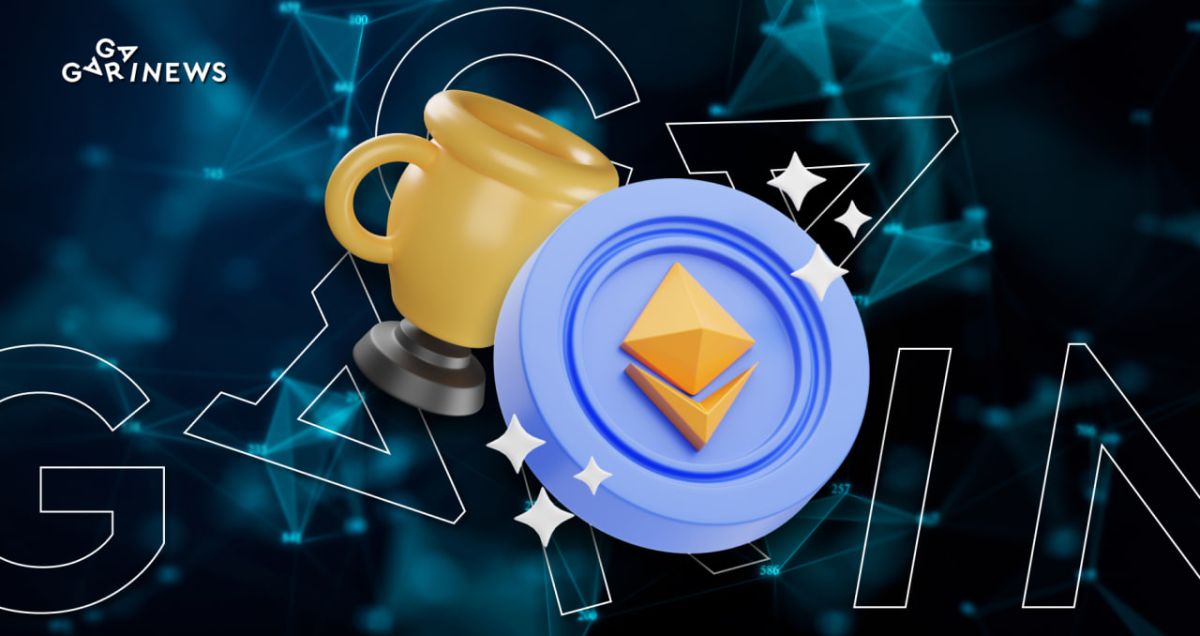Ethereum in 2023: challenges and opportunities

Since the transition of the consensus algorithm from Proof-of-Work to Proof-of-Stake in the Ethereum network, users have not noticed any changes in the operation of the blockchain: the fees are still high, and the transaction speed has remained at approximately the same level. This is due to the fact that scaling has not yet been impacted by the update.”
Existing and future challenges of Ethereum
Despite the fact that the transition has been quite successful, new concerns have emerged about Ethereum's future in terms of regulation and centralization.
The first of these is related to the US Securities and Exchange Commission (SEC), which has started expressing opinions that ETH coins are securities. All because of the same Proof-of-Stake algorithm, or more precisely the staking model, which meets one of the Howey test's criteria. The purpose of this test is to determine whether an asset meets the securities criteria. If the SEC decides to really go after Ethereum, it might have negative effects on the ecosystem.
There was no such danger previously because the project was more decentralized due to the Proof-of-Work algorithm. However, its existing validator mechanism calls this into question. Nansen's analytical data shows that only 5 validators own 64% of the staked ETH tokens, indicating a considerable degree of centralization, especially since validators can reject transactions that are suspicious to them.
The next Ethereum upgrade, which is scheduled for spring this year, is no less concerning. Despite Ethereum's transition to PoS, validators were not given the right to withdraw their staked ETH coins or interest. This will become possible for them only after the upgrade called “Shanghai.”
There is currently a risk that all of the ETH coins withdrawn by validators will put significant downward pressure on the market. After all, this is roughly 16 million coins that were transferred to staking when ETH was around $600. Therefore, there may be many willing to take out a profit.
Ethereum Outlook
Will the price of ETH truly fall under this seller pressure? It turns out that certain stakers won't be able to withdraw their assets right away. There are two types of requests for withdrawal. The first of them is to continue serving as a network validator by taking out only the interest that has been generated and leaving the staked coins alone. The second involves withdrawing all coins from staking completely but gradually. It will be managed by a protocol that will not allow a large number of validators to leave the network at once. However, even under this scenario, there is a chance that the price will be influenced.
There is actually a mechanism that can solve this problem. The bottom line is that when there are fewer validators, the interest rate for them increases, and if the interest rate increases, then the number of people who want to become validators also rises. Therefore, the risk of a massive sale of coins is not as significant as it seems at first.
Furthermore, there are speculations that institutional investors are interested in becoming new network validators. Many of them refused to invest in Ethereum since it was not ecologically friendly. Now, the situation has changed, and the blockchain consumes 99% less energy than previously.
The new Ethereum tokenomics may potentially entice new investors. After all, ETH is almost deflationary. Currently, the number of burned coins surpasses the number of coins issued, which may explain why the price of ETH will rise in the future.
In addition to the factors mentioned above, it should be considered that Ethereum 2.0 is still in theearly stages of its roadmap and that there are still many upgrades to do, which could make the blockchain even more competitive than the new Layer-1 networks. Yes, they now offer more bandwidth and lower transaction fees, but they do not have such a large ecosystem, as well as a significant number of developers and supporters.
The content on The Coinomist is for informational purposes only and should not be interpreted as financial advice. While we strive to provide accurate and up-to-date information, we do not guarantee the accuracy, completeness, or reliability of any content. Neither we accept liability for any errors or omissions in the information provided or for any financial losses incurred as a result of relying on this information. Actions based on this content are at your own risk. Always do your own research and consult a professional. See our Terms, Privacy Policy, and Disclaimers for more details.


























